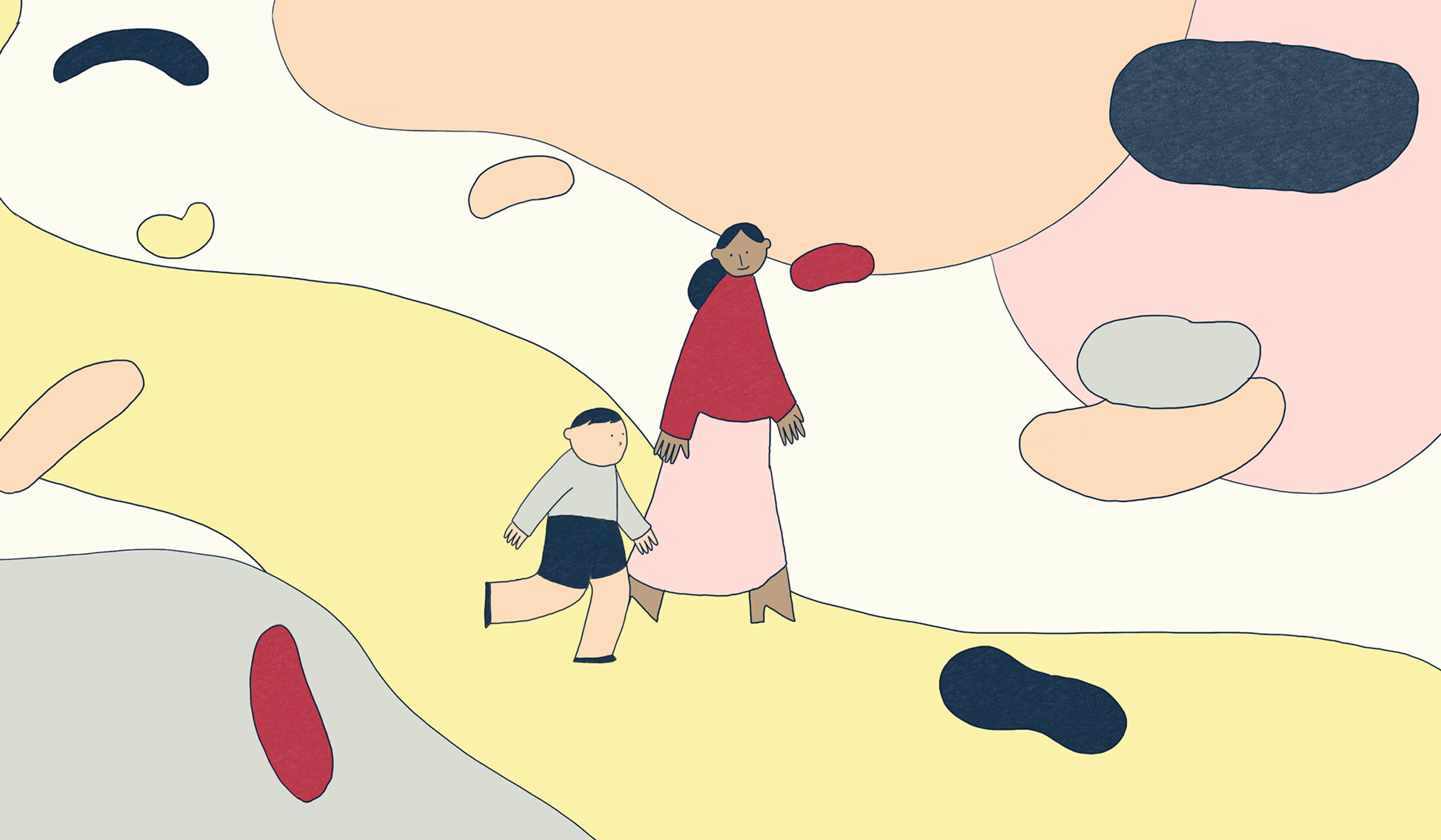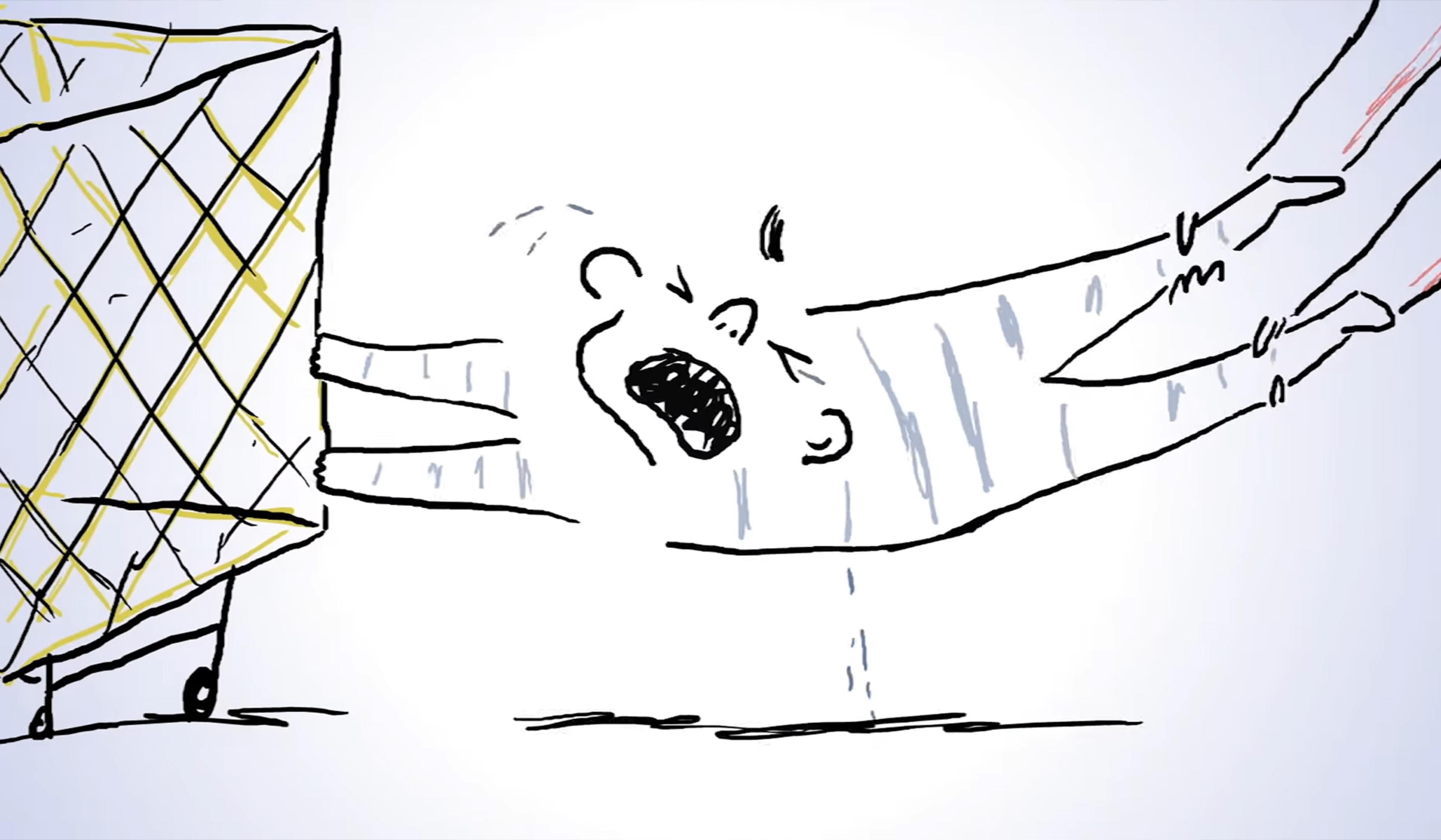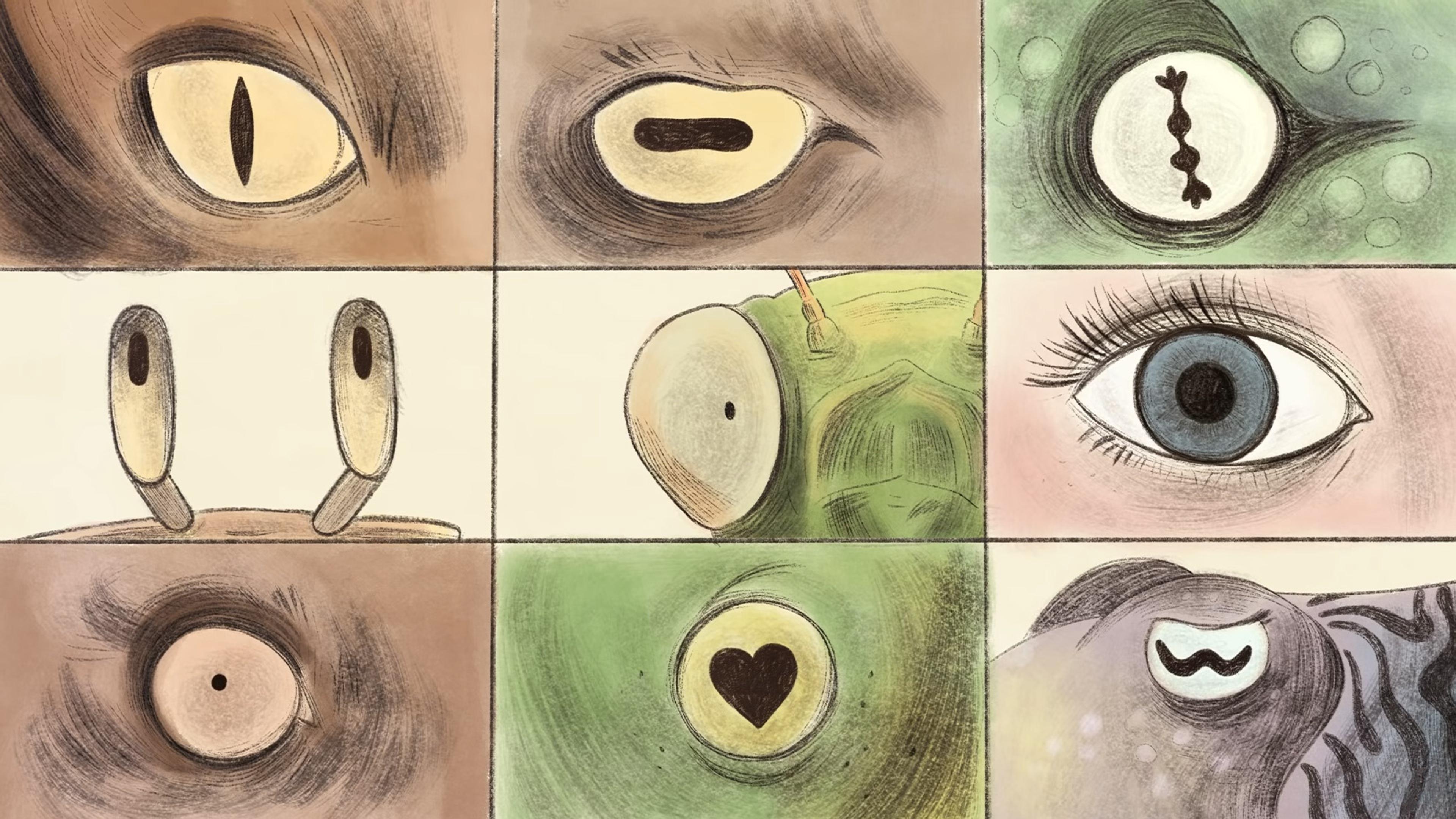Cuteness may seem trivial – but don’t be fooled. A creature’s ability to inspire an irrepressible ‘Aww!’ in people is an important adaptive trait. Indeed, for some species, it can be the difference between genetic success and extinction. And, for humans, cuteness can encourage care for the vulnerable, help us separate docile and threatening animals and, in a modern context, be exploited by advertisers and other messengers. A fascinating overview of adorability, this short animation from TED-Ed explores how cuteness came to be, the surprising ways it can ‘hijack’ the brain, and why it’s still quite mysterious.
Far from frivolous, cuteness is a powerful – and still mysterious – force of nature
1 June 2023

videoPhilosophy of mind
Caring for the vulnerable opens gateways to our richest, deepest brain states
7 minutes

videoLanguage and linguistics
Do button-pushing dogs have something new to say about language?
9 minutes

videoHistory of ideas
For proof that love is timeless, consider how long philosophers have debated it
6 minutes

videoCognition and intelligence
How a ‘periodic table’ of animal intelligence could help to root out human bias
5 minutes

videoSocial psychology
Don’t misread Darwin: for humans, ‘survival of the fittest’ means being sympathetic
5 minutes

videoSocial psychology
Feeling connected to objects is a fundamental – and fraught – part of human nature
5 minutes


